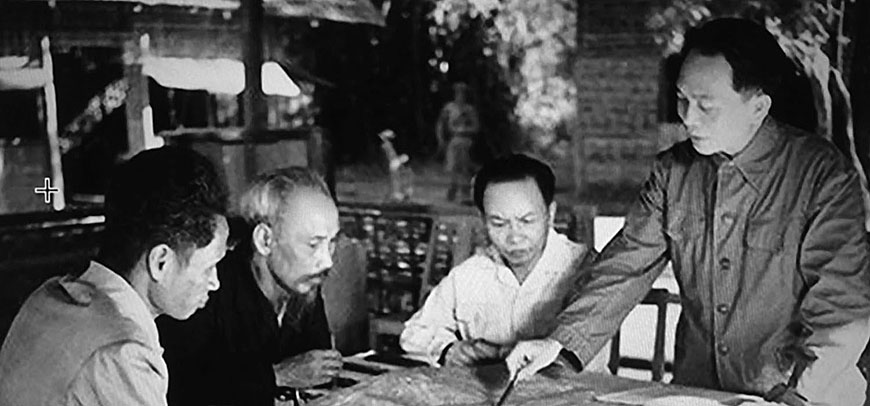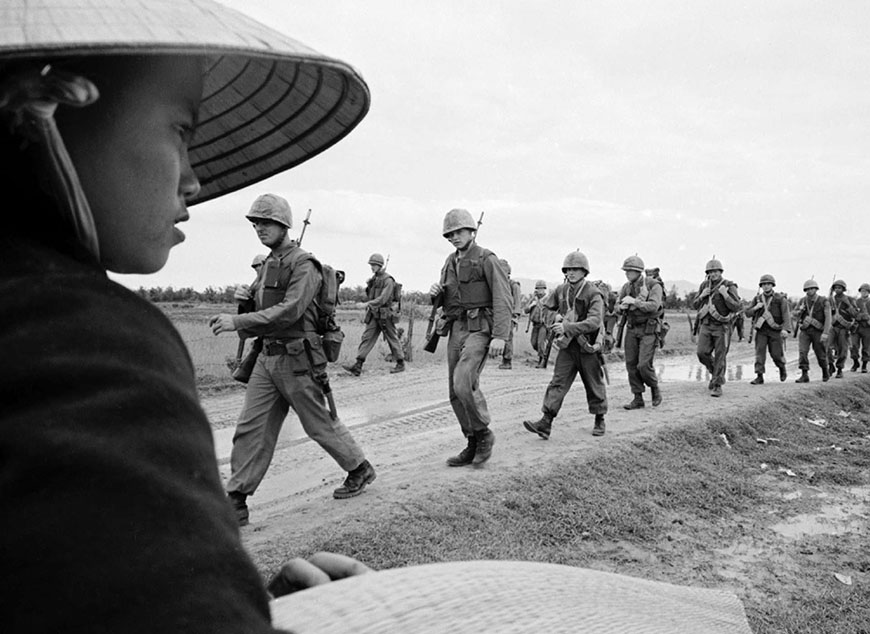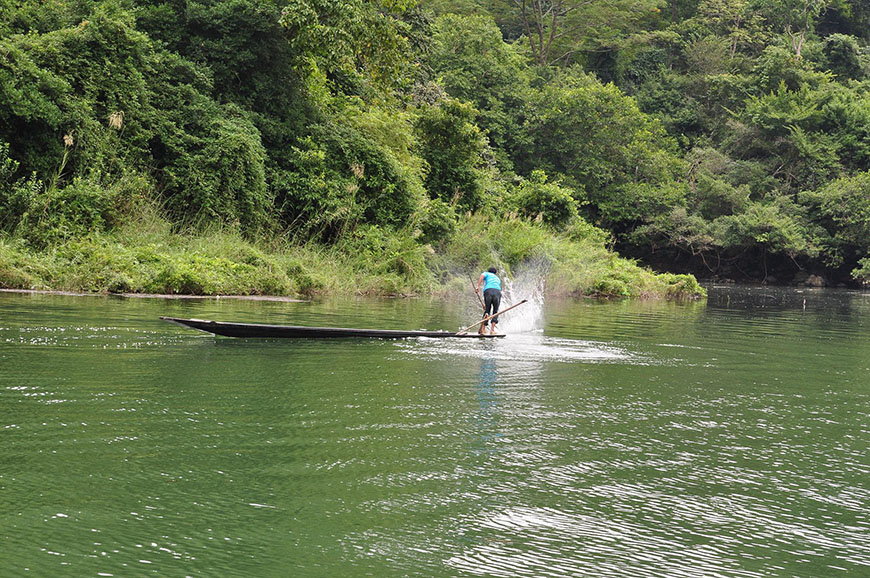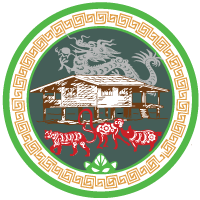Imagine a living canvas where emerald lakes meander between limestone peaks draped in lush jungle. Welcome to Ba Be, a natural jewel nestled in the heart of the northern Vietnamese mountains.
Today, this national park enchants visitors with its serenity and exceptional biodiversity. Yet, behind this idyllic facade lies a history marked by the turmoil of the Indochina Wars, a period when this haven of peace played a discreet, but far from insignificant, role in the struggle for Vietnam’s independence and reunification.

1946-1954 : The First Indochina War
During the First Indochina War, which pitted the Việt Minh against the French colonial power, Ba Be, with its rugged topography and low population density, proved to be a strategic refuge for the independence forces. Its dense forests, dotted with caves and steep terrain, offered an ideal natural sanctuary for fighters and cadres of the nationalist movement. Far from the major cities and French-controlled areas, Ba Be could serve as a rear base, a training ground, and a discreet gathering point. Moreover, its proximity to the Chinese border, which became a major supporter of the Việt Minh after 1949, made it a possible transit route for the shipment of resources and materials. The local communities, mainly composed of the Tày, Nùng, and Dao ethnic groups, also played a role, offering their knowledge of the terrain, logistical support, and discretion to the Việt Minh forces

1955-1975 : The Second Indochina War
During the Second Indochina War, better known as the Vietnam War, which saw the communist North clash with the US-backed South, Ba Be retained a certain strategic importance, although the epicenter of the conflict shifted southward. The region continued to offer a potential retreat for the North Vietnamese Army (NVA) and the National Liberation Front (NLF). Its forest trails and remote areas could serve as rest stops, discreet transit zones, or rallying points. Although Ba Be was not a primary target for American bombing, the proximity of areas considered communication routes or potential bases may have resulted in indirect strikes. The daily lives of the inhabitants were disrupted by mobilization, economic difficulties, and the constant threat of conflict.

The quiet of Ba Be, silent witness to history
Today, as you navigate the tranquil waters of Ba Be Lake, explore the mysteries of Puông Cave, or stroll through the traditional villages, it’s essential to remember that this apparent tranquility was forged in the crucible of history. This place, now a symbol of serenity and natural beauty, bears within it the silent traces of an era of struggle for Vietnam’s independence and reunification. Ba Be is much more than just a tourist destination: it is a living testament to the resilience of the Vietnamese people and a reminder that even the most remote natural sanctuaries have a rich and sometimes painful history to tell. When visiting Ba Be, let’s take a moment to appreciate not only its splendor but also to honor the memory of those who lived through those difficult times.

